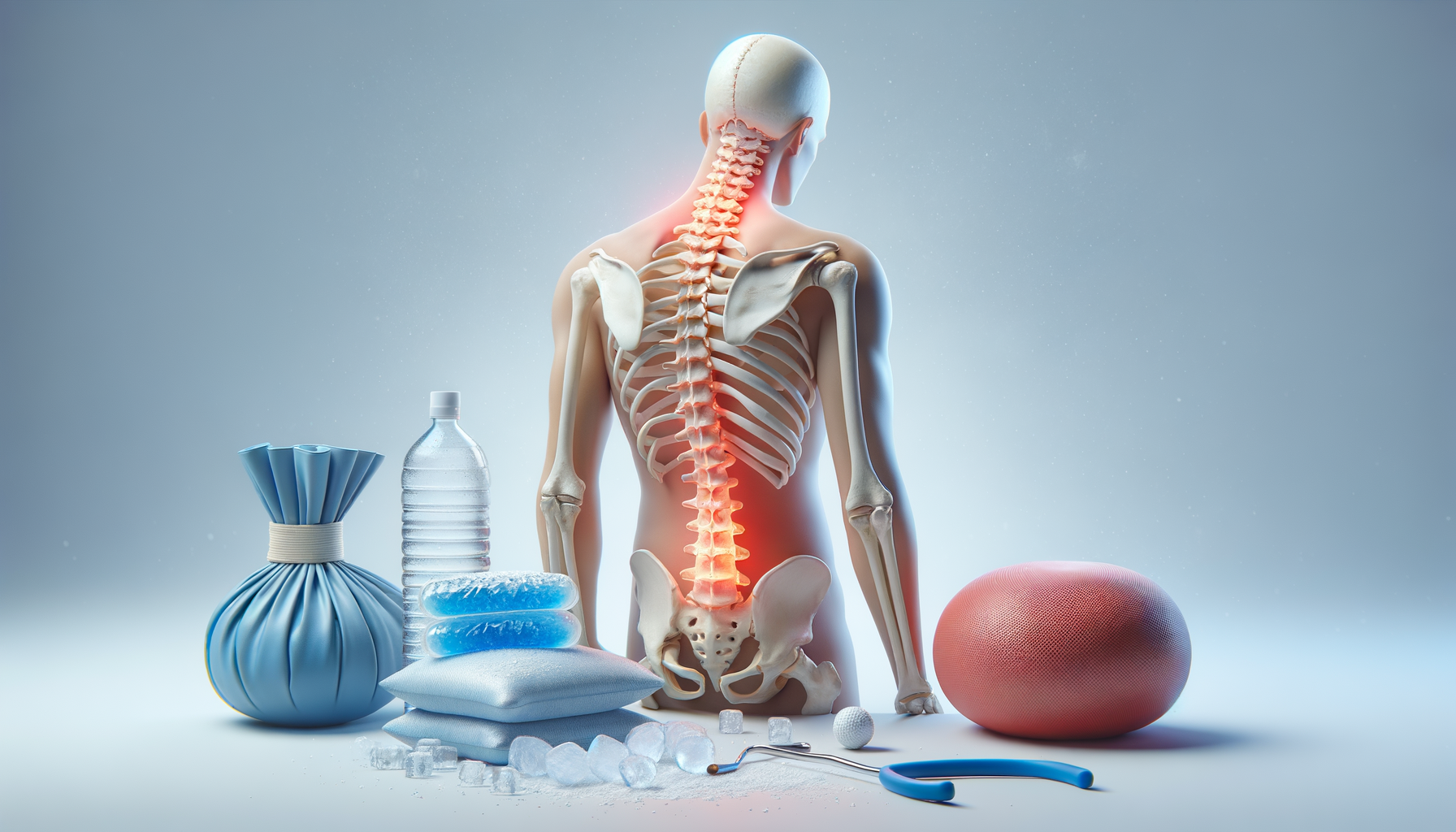
Quick Back Pain Relief Options — Canadians Opt for Local Solutions, No Need to Travel to Turkey
Understanding the Causes of Back Pain
Back pain is a common ailment affecting millions worldwide, and it can stem from a variety of causes. Understanding these causes is crucial for effective treatment. Often, back pain is the result of muscle or ligament strain. This can occur from improper lifting techniques, sudden awkward movements, or overuse. In some cases, it might be due to structural problems, such as bulging or ruptured disks, which can press on nerves.
Other significant contributors include arthritis, osteoporosis, and skeletal irregularities. Arthritis can lead to a narrowing of the space around the spinal cord, a condition known as spinal stenosis, which can cause back pain. Osteoporosis, on the other hand, makes bones porous and brittle, increasing the risk of fractures. Meanwhile, skeletal irregularities like scoliosis can cause chronic discomfort.
It’s important to note that lifestyle factors also play a role. Sedentary lifestyles, obesity, and poor posture can exacerbate or contribute to back pain. The modern lifestyle, with prolonged sitting and minimal physical activity, often leads to weak back muscles, making individuals more prone to pain.
Understanding these causes helps in tailoring treatment options that address the root of the problem rather than just alleviating symptoms. By identifying the specific cause of back pain, individuals can seek appropriate interventions, whether through medical treatment, lifestyle changes, or alternative therapies.
Exploring Non-Surgical Treatment Options
For those seeking relief from back pain, non-surgical treatment options offer promising results. Physical therapy is often a cornerstone of these treatments, focusing on strengthening the core muscles that support the spine. A physical therapist can design a personalized exercise regimen that not only alleviates pain but also prevents future episodes.
Chiropractic care is another popular non-surgical option. Chiropractors perform spinal adjustments to improve alignment, which can reduce pain and enhance mobility. These adjustments can be particularly beneficial for those suffering from mechanical back pain, where the pain originates from the spine and surrounding muscles.
Acupuncture, a traditional Chinese medicine practice, has gained recognition for its effectiveness in managing back pain. By inserting thin needles into specific points on the body, acupuncture can stimulate nerves and muscles, promoting natural pain relief.
Additionally, lifestyle modifications play a crucial role in managing back pain. Weight management, regular physical activity, and ergonomic adjustments at work and home can significantly reduce the strain on the back. Simple changes like using a supportive chair or adjusting your workstation can make a noticeable difference.
These non-surgical treatments are appealing because they often involve fewer risks and side effects compared to surgical interventions. They empower individuals to take an active role in their recovery, promoting long-term well-being.
When to Consider Surgical Intervention
While non-surgical treatments are effective for many, there are cases where surgical intervention becomes necessary. This is typically considered when conservative treatments fail to provide relief or when the pain is severe and debilitating.
Conditions such as herniated disks, spinal stenosis, or severe scoliosis might require surgical correction. Surgery aims to relieve pressure on the nerves, stabilize the spine, or correct deformities. Common surgical procedures include discectomy, laminectomy, and spinal fusion.
Discectomy involves removing the herniated portion of a disk to relieve nerve pressure, while laminectomy removes part of the vertebrae to widen the spinal canal. Spinal fusion, on the other hand, fuses two or more vertebrae together to provide stability. These procedures can be performed using minimally invasive techniques, which often result in shorter recovery times.
It’s crucial for patients to discuss the potential risks and benefits of surgery with their healthcare provider. Surgery carries inherent risks, such as infection or nerve damage, and recovery can be extensive. Therefore, it is generally considered a last resort when other treatments have failed.
Ultimately, the decision to undergo surgery should be made collaboratively between the patient and their medical team, ensuring that it aligns with the patient’s health goals and lifestyle needs.


